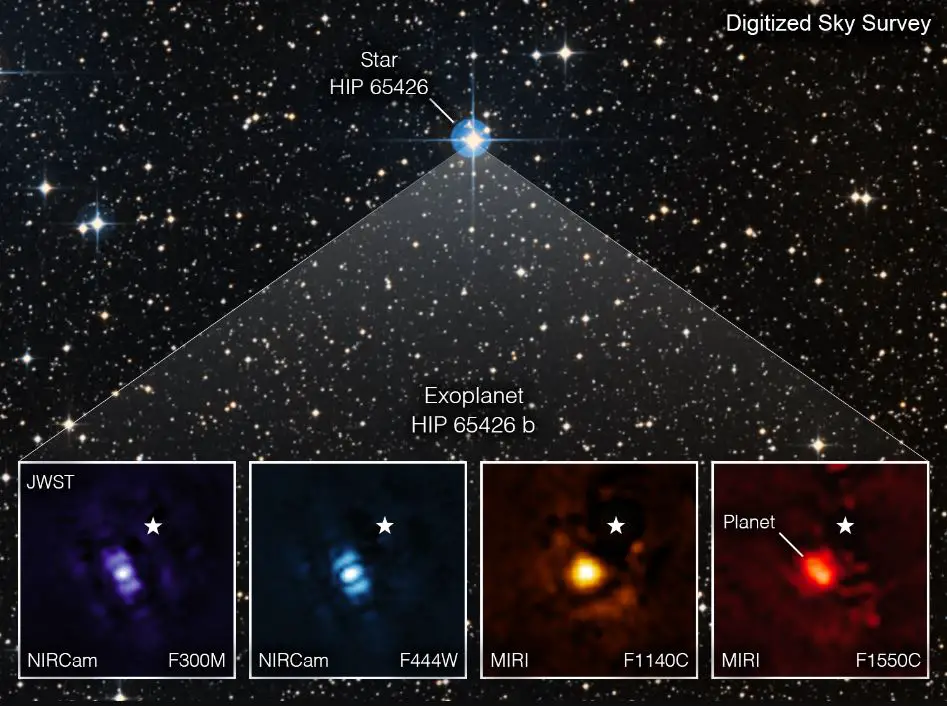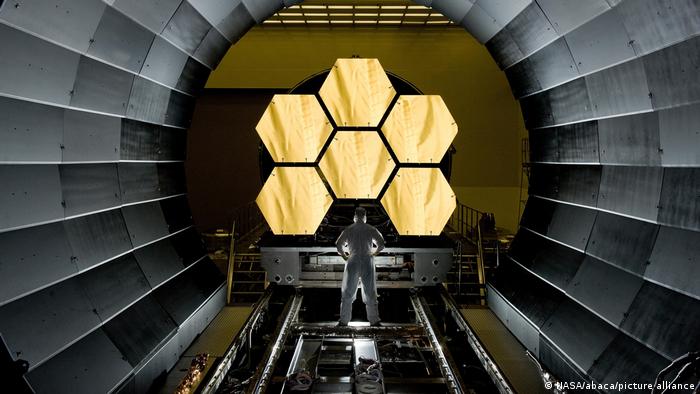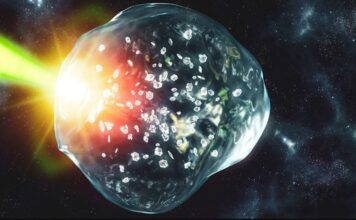Although astronomers have discovered more than 5,000 exoplanets so far, 90% of them have been “indirectly detected” using the planetary transit method or radial velocity method.
Now, the James Webb Space Telescope (JWST) has once again demonstrated just how powerful it is, bringing the first direct images of a distant and faint exoplanet since its liftoff.
To see an exoplanet directly, you must first avoid the light from the parent star. The process is very tricky, so of the more than 5,000 known exoplanets, only about 20 have been found through direct imaging methods.

In 2017, astronomers discovered the exoplanet HIP 65426 b at a distance of 350 light-years and directly imaged it with the Very Large Telescope SPHERE instrument,
But because the telescope is on the ground, it can’t see all the light from the exoplanet (infrared wavelengths are absorbed by Earth’s atmosphere), making it difficult to get more planetary detail.
Now, astronomers have used Webb’s MIRI and NIRCam instruments to capture new images of HIP 65426 b, taken in different wavelengths of infrared light using four filters,
Because each filter optics are slightly different, the planets are slightly different in each image, but we know that HIP 65426 b is about 7.1 times the mass of Jupiter.
This is the first image of an exoplanet from the Webb telescope. Although it is a bit blurry, it does not look as stunning as the previously released photos, but the real information contained in the photo and the technicality behind it are incredible.
Astronomers believe that the Webb telescope will lead us to learn more about these distant worlds and possibly find signs of alien life.




